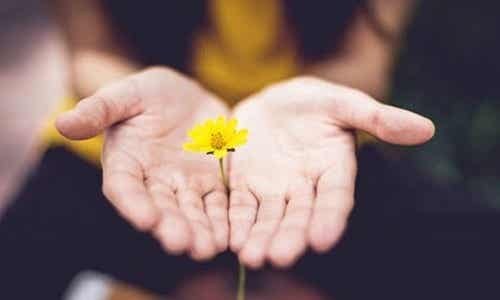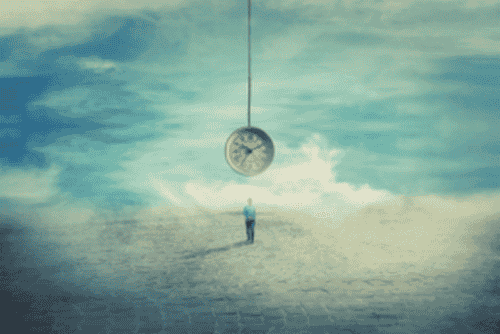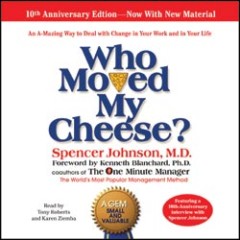There are those who feel devastated and mortified when faced with obstacles. For others, however, adversity represents an unparalleled process of personal transformation. But what determines one or the other path?

Last update: April 16, 2020
Nobody likes to face complex situations in their life. Yet, sooner or later, many of us will face painful experiences. Some people feel devastated, even going so far as to develop health problems. For others, however, these difficult events represent a reason for post-traumatic growth, such as to change their life for the better.
It's hard to imagine how emotional trauma can bring about anything positive. Yet there are many people who have managed to overcome adversity, rediscovering a profound personal transformation in them. But what exactly does post-traumatic growth consist of? What factors affect it?
Post-traumatic growth
Post-traumatic growth can be defined as that positive change experienced by a person following a path of struggle undertaken starting from a traumatic event.
But it does not refer only to the fact that the individual overcomes the negative experience without developing any pathology, recovering his initial condition. Post-traumatic growth implies a real transformation in the way he will perceive himself, the world and his life path.
Thus, after having lived the negative experience, some evident changes will be visible in your person:
- Life will take on a renewed value, which will also be reflected in a change in the scale of priorities.
- Social relationships become deeper and more intimate. They are strengthened once the obstacle is faced; in addition, suffering helps to develop empathy and compassion. For example, it happens to parents whose child suffers from health problems. In many cases they claim to feel closer and closer after sharing this experience.
- More strength on a personal level. By virtue of the traumatic event, the confidence that the individual has in himself and in his ability to face future obstacles will greatly increase.
- He will learn to grasp and recognize new opportunities and life paths. This usually applies to individuals who have held very strict and oppressive roles and who as a result of the negative experience find the opportunity to give a new direction to their life.
- Spiritual growth takes place. Morality and spirituality take on new forms. A reconsideration of the scale of personal values is set in motion and a deeper vision of life comes into play.
A process of transformation
All this does not happen overnight, by pure chance or because the person is lucky at a given moment. Post-traumatic growth is the result of a profound individual reconstruction. In the light of the traumatic experience, the most consolidated paradigms and cognitive schemes are destabilized. The way in which the world is perceived falters, the set of one's values is put to the test.
Thus, when one finds oneself in front of a new and painful reality, a process of demolition and reconstruction of a person's perspectives and objectives comes into play. In their place, more positive and functional ones are born. No one experiences post-traumatic growth firsthand, as it is a journey of profound transformation.
Still, it's not a pain-free path. Stress and negative emotions are present throughout the entire journey. And it is an indispensable trait for growth to take place. But then why do some people become stronger and different after adversity, while others fall into a dark pit that leads to devastating consequences?
The right attitude when faced with an obstacle
What makes the difference is the personality and temperament of each of us. Not all of us can count on the same dose of optimism, positivity and resilience. Our genetics and the environment that has accompanied us from birth have shaped our personality traits and abilities. This is why some people are more inclined than others to use more useful and functional tools to deal with obstacles.
If at present our strategies for facing an obstacle lead us to live a context of profound suffering, if we feel helpless and under attack, we should make changes to our style.
We can all develop defensive skills that lead us to have greater self-confidence and greater optimism. We cannot prevent negative and painful experiences from happening to us, but we can grow and learn from each of them.

























